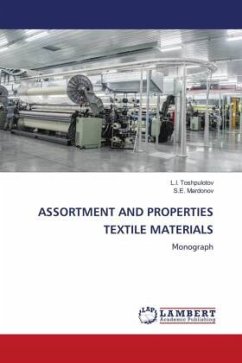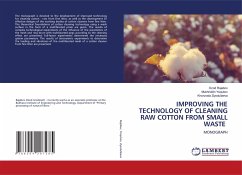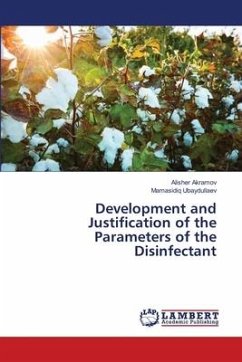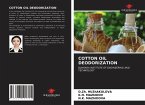Clothing is a basic human need. In the garment industry, fabrics, knitted and non-woven fabrics, natural and artificial fur, leather and suede, film and two- and three-layer double-layer materials, as well as various auxiliary, decorative and fastening materials are used in the garment industry. materials and accessories.The range of textile materials includes more than four thousand articles and labels. The range of silk and wool fabrics is the most diverse (60% of all items). Minimal diversity of linen fabrics and nonwovens.Every year, the industry develops new types of materials for clothing. The expansion of the range of textile materials is associated with the use of chemical fibers with different types and properties. Use of yarns and threads with different structure and properties, for example: flat twisted, high and high twisted yarns, such as crepe, mooskrep, muslin, grenadine, crepe granite, spiral, sponge, loop yarns, knotted, bulky, combined and textured yarns Different structures have different properties that allow to obtain textile materials.








